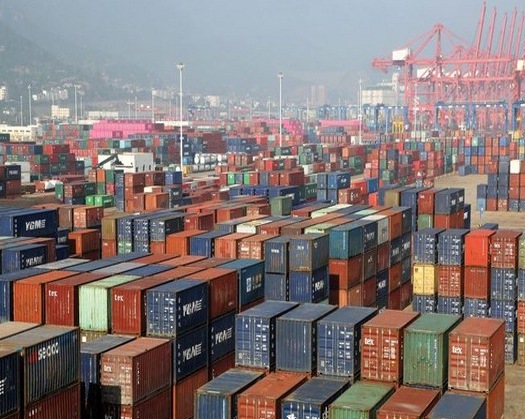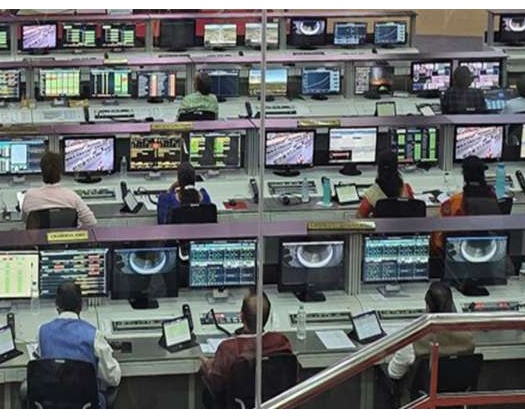Mumbai: The logistics and industrial sector in India has demonstrated remarkable growth during the first half of 2024, underscoring its resilience and significance in the contemporary market, as observed by a report from real estate firm JLL.
Across major urban centers including Mumbai, Delhi NCR, Bengaluru, Kolkata, Chennai, Hyderabad, Ahmedabad, and Pune, there has been a notable increase in both Grade A and Grade B rental prices, with year-on-year growth rates of 4.8 per cent and 6.4 per cent, respectively, according to the report.
JLL's analysis indicates that this rise in rental prices reflects a robust demand for warehousing and light manufacturing leases.
"In terms of vacancies, Grade A properties accounted for 6.6 per cent in the first half of 2024, whereas Grade B properties experienced a vacancy rate of 15.4 per cent during the same period. The gross absorption across the top eight cities reached approximately 24.2 million square feet, with Grade A properties contributing 70 per cent and Grade B properties contributing 30 per cent," the report stated.
The current supply of industrial properties stands at 393 million square feet, with projections indicating an increase to around 595 million square feet by 2027, highlighting the sector's robust potential.
"Organized Grade A warehousing supply has surpassed Grade B supply, with 204 million square feet of Grade A properties now available, exceeding the 189 million square feet of Grade B properties. This trend suggests a preference among tenants for spaces that are future-ready, capable of enhancing warehouse efficiency, ESG compliance, and automation needs," stated Yogesh Shevade, Head of Logistics & Industrial, India, JLL.
The report further highlights that the third-party logistics (3PL) sector remains the primary driver of demand, accounting for 38 per cent of the gross absorption, followed by the automotive and engineering sector at 23 per cent, and the FMCG, FMCD, and retail sectors contributing 20 per cent.
Key transactions have occurred across various sectors, including logistics, e-commerce, automotive and engineering, FMCG, FMCD, and retail.
The growth drivers for the warehousing sector in India include the emergence of fast-moving consumer goods (FMCG), the National Logistics Policy, the increasing penetration of e-commerce into Tier I and II/III cities, and the outsourcing of warehouse space to third-party logistics providers.
Additionally, the report notes that Grade A warehousing is gaining popularity due to lower rental costs and higher efficiency per pallet positions compared to Grade B properties.
The industry is also placing a growing emphasis on Environmental, Social, and Governance (ESG) considerations, with sustainability practices being integrated into both the construction and operational phases, as mentioned in the report.









